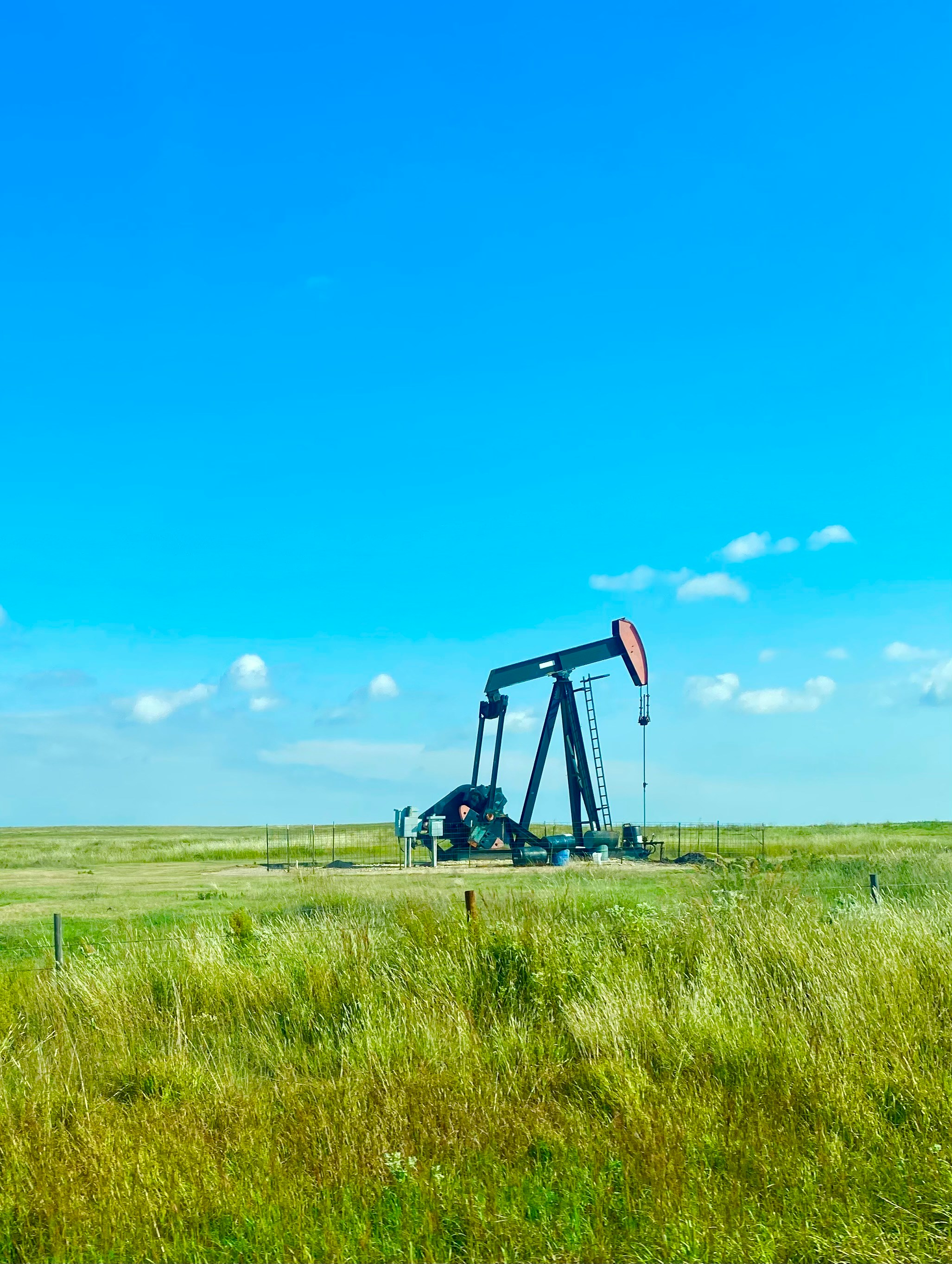World Nuclear Performance Report 2019 launched

Nuclear reactors currently supply about 10% of global electricity demand. — Photo courtesy World Nuclear Assocation The world’s nuclear reactors mad
Nuclear reactors currently supply about 10% of global electricity demand. — Photo courtesy World Nuclear Assocation
The world’s nuclear reactors made a growing contribution to supplying clean and reliable electricity in 2018. Worldwide nuclear generation in 2018 increased for the sixth successive year, reaching 2563 TWh. This is more than 10% of global electricity demand.
Nuclear generation grew most rapidly in Asia, where generation increased by nearly 12%, up 56.3 TWh to 533.0 TWh.
Nuclear power reactor performance is high; the world’s nuclear reactors achieved an average capacity factor of 80%, much higher than many other forms of electricity generation.
These results were published today by World Nuclear Association in the latest edition of the World Nuclear Performance Report, which contains a comprehensive review of global nuclear reactor construction and operational performance.
Currently over two billion tonnes of CO2 is avoided by nuclear power each year, by helping to reduce our global dependence on coal. The more than 50 reactors under construction today will avoid the emission of an additional 450 million tonnes of CO2 each year by 2025. By that date nuclear reactors will avoid emissions equivalent to the annual CO2 emissions from all sectors of Japan, Germany and Australia, combined.
This year will also see five reactors reach 50 years of operation, a milestone that is being achieved for the first time.
Many reactors in operation today are planning to operate for 60-80 years. Reactors are already demonstrating high performance irrespective of how long they have been in operation, with capacity factors of around 80% maintained regardless of age.
Nine reactors started supplying electricity in 2018, up from the four that started in 2017. More than 20 reactors are due to come online before the end of 2020. Overall, capacity additions for the period 2016-2020 are expected to reach the targets of the nuclear industry’s Harmony programme. Build rates will have to increase significantly to achieve the overall goal of 1000 GWe of new nuclear capacity before 2050.
Agneta Rising, Director General of World Nuclear Association said, “If we are to be serious about climate change we should also be serious about the solutions. Transitioning to a low-carbon economy that meets the energy needs of the global community presents a daunting task. But it is a challenge that must be met, and one that can only be met by using the full potential of nuclear energy.”



